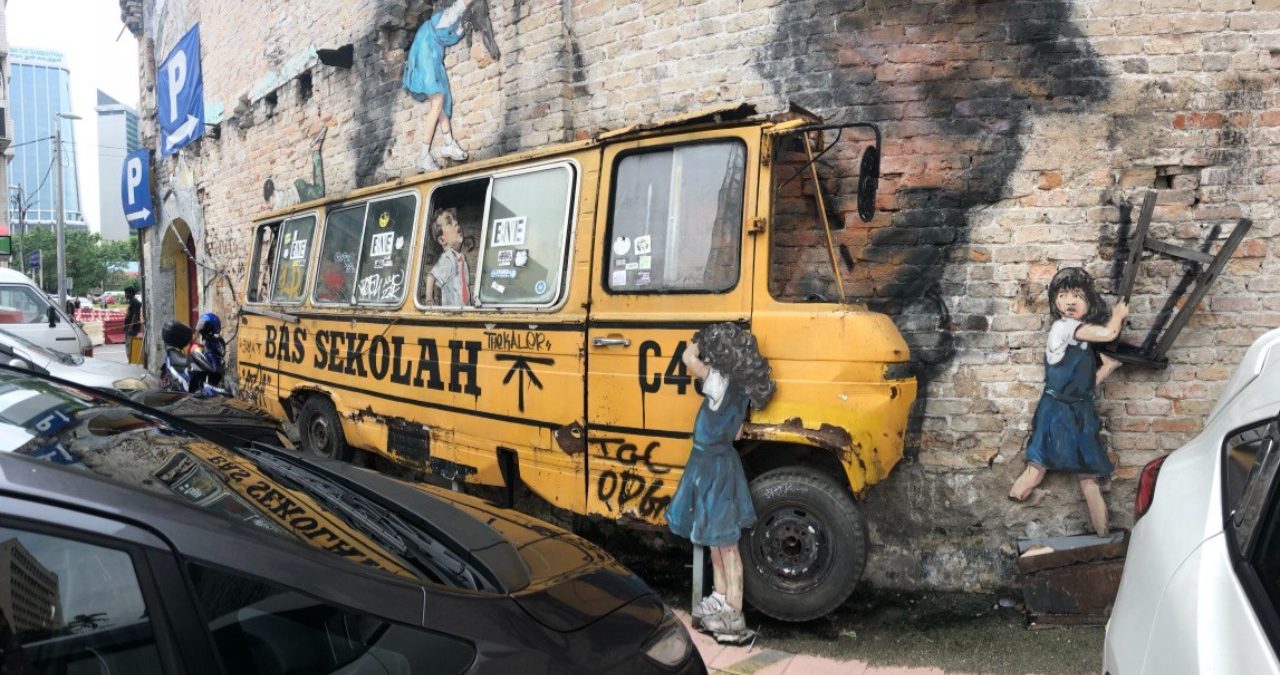
Keep up with our latest news and projects!

Cities have long been hotbeds of creativity, housing artists and artisans who migrate to cities to seek opportunities. During the Renaissance period, cities such as Florence and Paris were places where your work could be seen and perhaps catch the eye of a wealthy patron like the Medici family, leading to commissions and, in the long run, economic security. In Elizabethan England, a time of peace and prosperity when the arts flourished, it was London you would head to if you were a struggling playwright in the hopes of your work being staged at the Globe Theatre.
Fast forward to the 21st century and little has changed. Sure cities have grown in numbers and in size, and the progress in architecture and engineering have altered some landscapes forever, but the ‘raison d’être’ of cities remain: a place filled with opportunities, to build a career, to connect and to find or build your tribe.
But what has changed over the years, is the definition of creativity. As the service economy gained importance over a production one, cities whose growth was dependent on housing and attracting large multinationals were losing out to those drawing service-based companies. In 2002 Richard Florida wrote about The Rise of the Creative Class, a class of people that every city should attract if they wanted to have a vibrant city. He posits that, “rather than being driven exclusively by companies, economic growth was occurring in places that were tolerant, diverse and open to creativity.” Florida continues: “Creative people don’t just cluster where the jobs are, they cluster in places that are centres of creativity and also where they like to live.” At around the same time, the turn of the 21st century saw a new term called The Creative Economy, coined by John Howkins to describe the use of creativity throughout a nation’s economy. In his book The Creative Economy: How People Make Money From Ideas, he writes that when combined, “creativity and economics can create extraordinary value and wealth.”
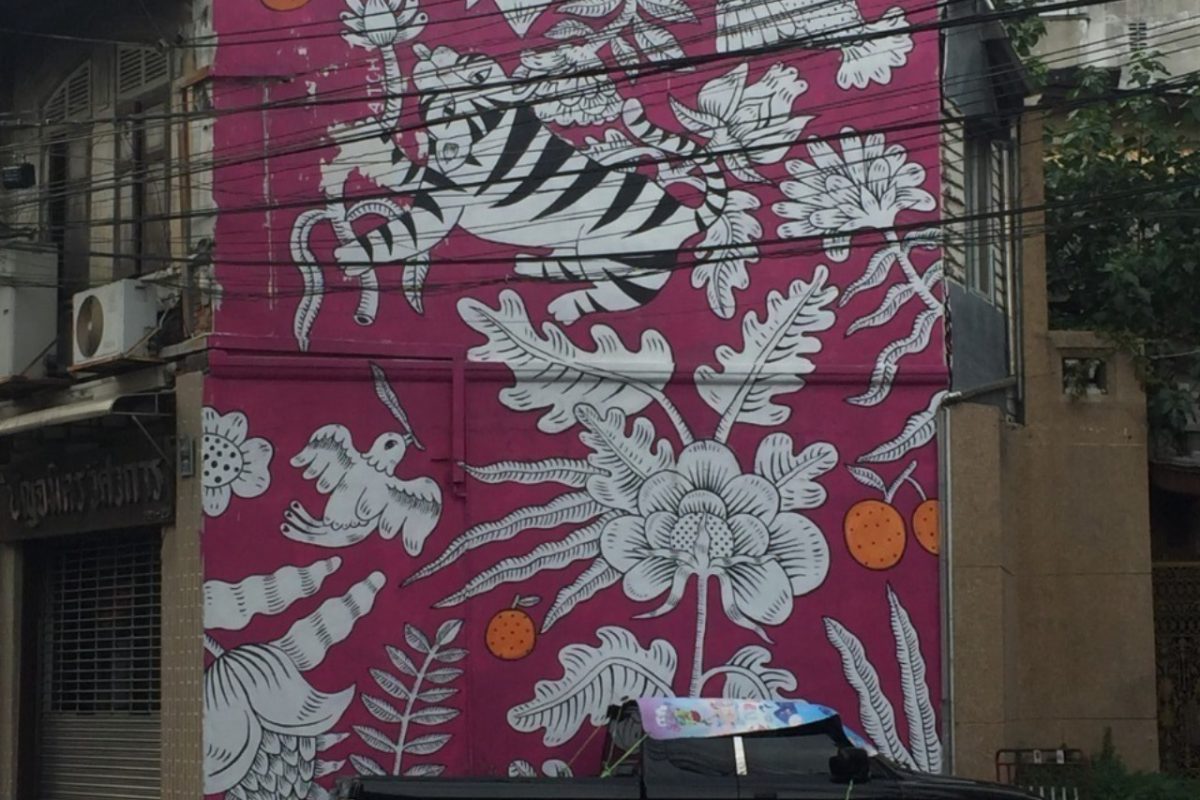 Street art in the Samphanthawong district, Bangkok, Thailand.
Street art in the Samphanthawong district, Bangkok, Thailand.
Many local and federal governments in Asia have realised the importance of this, although some more than others. The creative and cultural landscape here is varied and diverse. No two countries are alike — culturally, socially or politically. Thailand is a country steeped in culture and one that has a long history and proud tradition of promoting and growing their artisans and cultural heritage. The Thai national cultural policy was set up in 1981 with “76 regional departments empowered to develop their own culture policy based on national guidelines, attuning activities to the local needs. With this organisation the Ministry of Culture (strives) to achieve one of the pillars of the policy determined in 1981: increasing appreciation among the population of Thailand for the country’s own culture.”
Singapore, ever progressive, embraced culture and creativity in the early 1990s, setting up under The Ministry of Information and the Arts in 1991, the National Arts Council and the National Heritage Board, to spearhead the development of the arts in Singapore, create a museum precinct and construct a world class performing arts centre called The Esplanade. In 2008, upon its listing as a UNESCO World Heritage Site, George Town in Penang also used creativity in an attempt to boost the economy of an ailing city that was decaying and emptying out. Driven by various state and federal agencies such as George Town World Heritage Inc. (GTWHI) and Think City, the rejuvenation was implemented through a conservation and artistic platform via a series of grants and government funds. These grants enable conservators, artisans, artistes and the civil society to collectively rejuvenate George Town back to its former glory via restored buildings, curated mural art, community placemaking and the introduction of the George Town Festival which would later gain international acclaim.
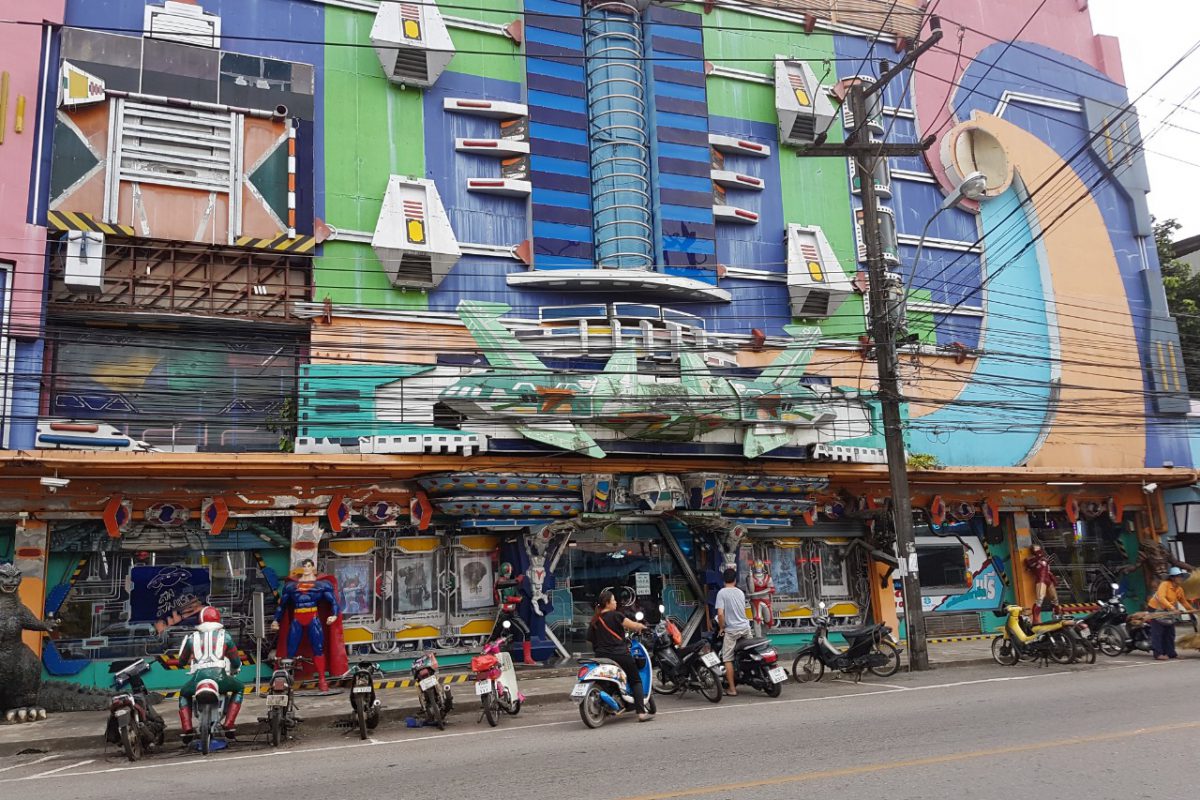 Creative architecture in Chanthaburi, Thailand.
Creative architecture in Chanthaburi, Thailand.
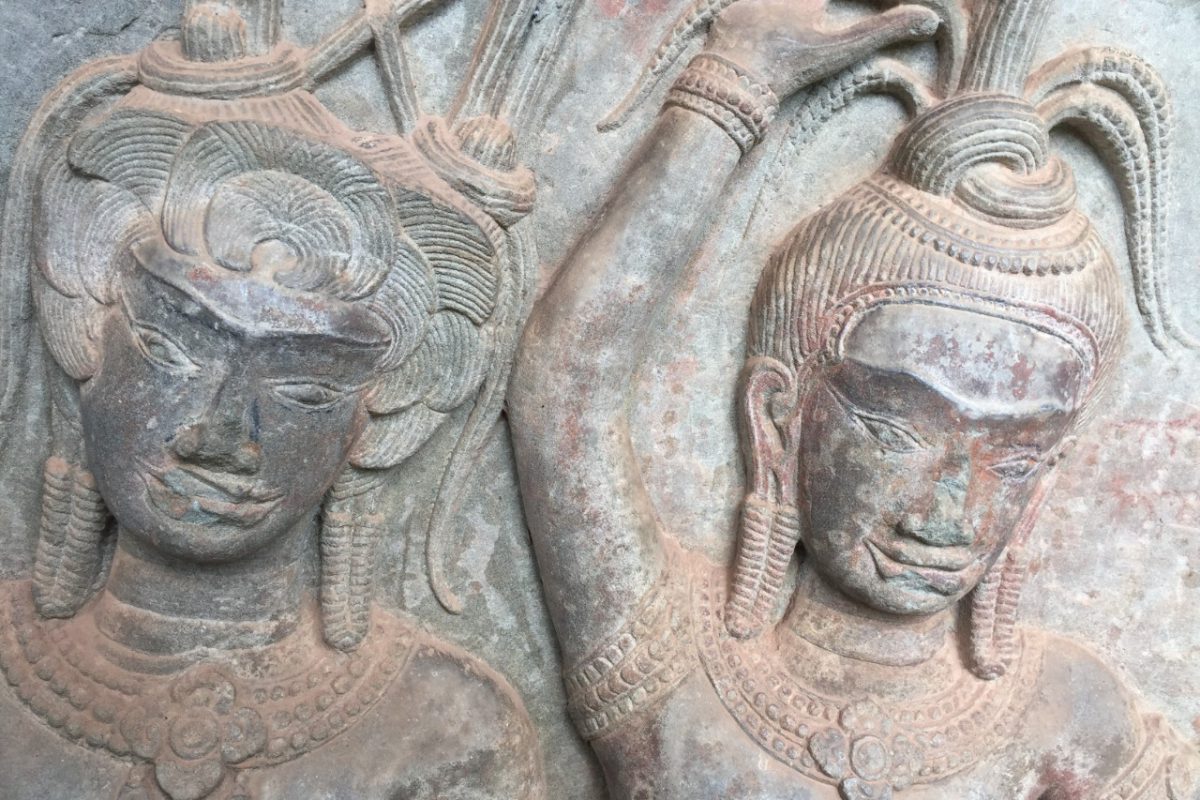 Traditional art at Angkor Wat, Cambodia.
Traditional art at Angkor Wat, Cambodia.
With the creative economy generating $71.8 million in 2017 and $78.9 million in 2018, Indonesia has aspirations to be a global creative economy player by 2030. This journey began in 2009, when then President Susilo Bambang Yudhoyono in an official decree, defined the creative economy as one that is based on creativity, skills and individual talent to create that which has value to both the economy and the nation. Building on this, the Creative Economy Agency (BEKRAF) was created in 2015, in response to President Joko Widodo’s belief that the creative economy could be the strong foundation Indonesia needs to prosper. BEKRAF’s mission includes incorporating all of Indonesia’s creative assets, building a beneficial development climate, encouraging innovation, raising awareness of legal protections for art and innovation, and developing strategies that will advance Indonesia’s economy. Two years later, using key definitions from United Nations Conference on Trade and Development, which cite Richard Florida as one of their sources, the country launched a white paper called Kota Kreatif, Ekosistem Yang Mencipta (Creative City – A creative ecosystem) that details this aspiration with key cities such as Denpasar, Bali and Bandung, West Java leading the charge.
Despite the progress made, there are some countries in Asia, plagued by unrest, that have fallen behind. For example in Sri Lanka, there appears to be “currently no formal recognition of the economic and social benefits of creativity and culture.”
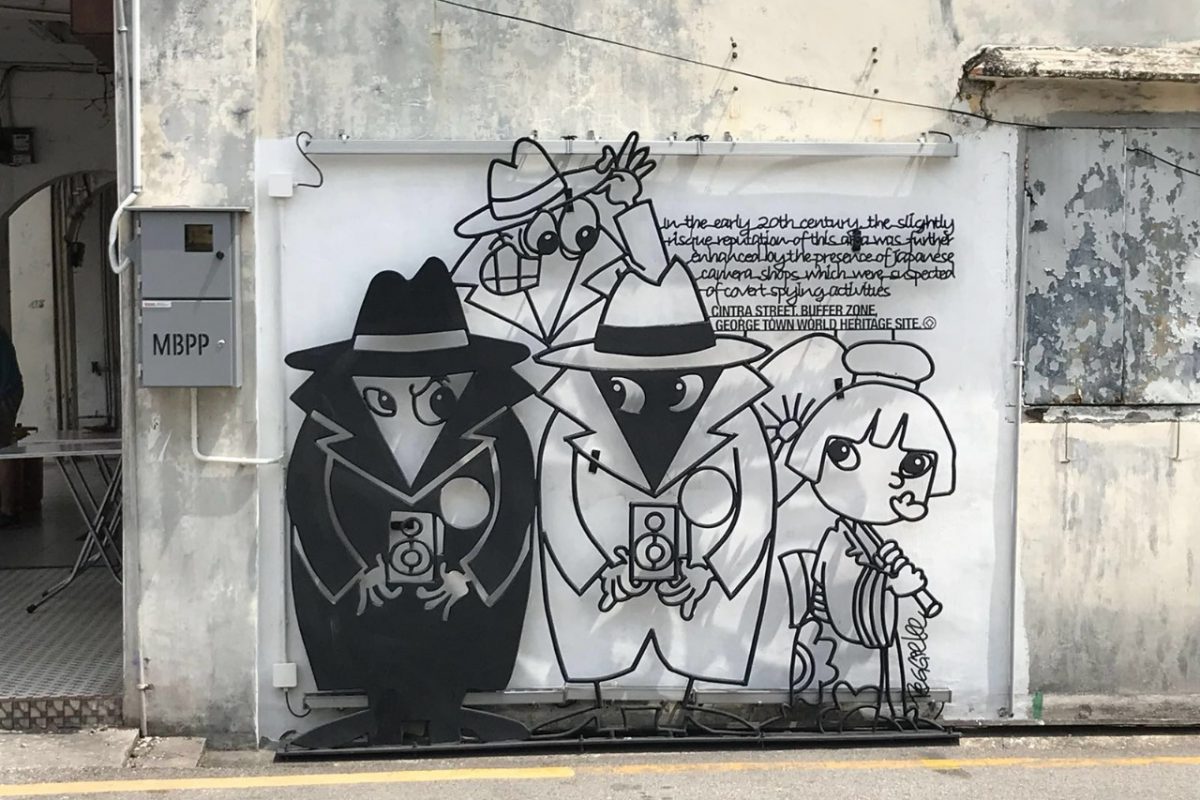
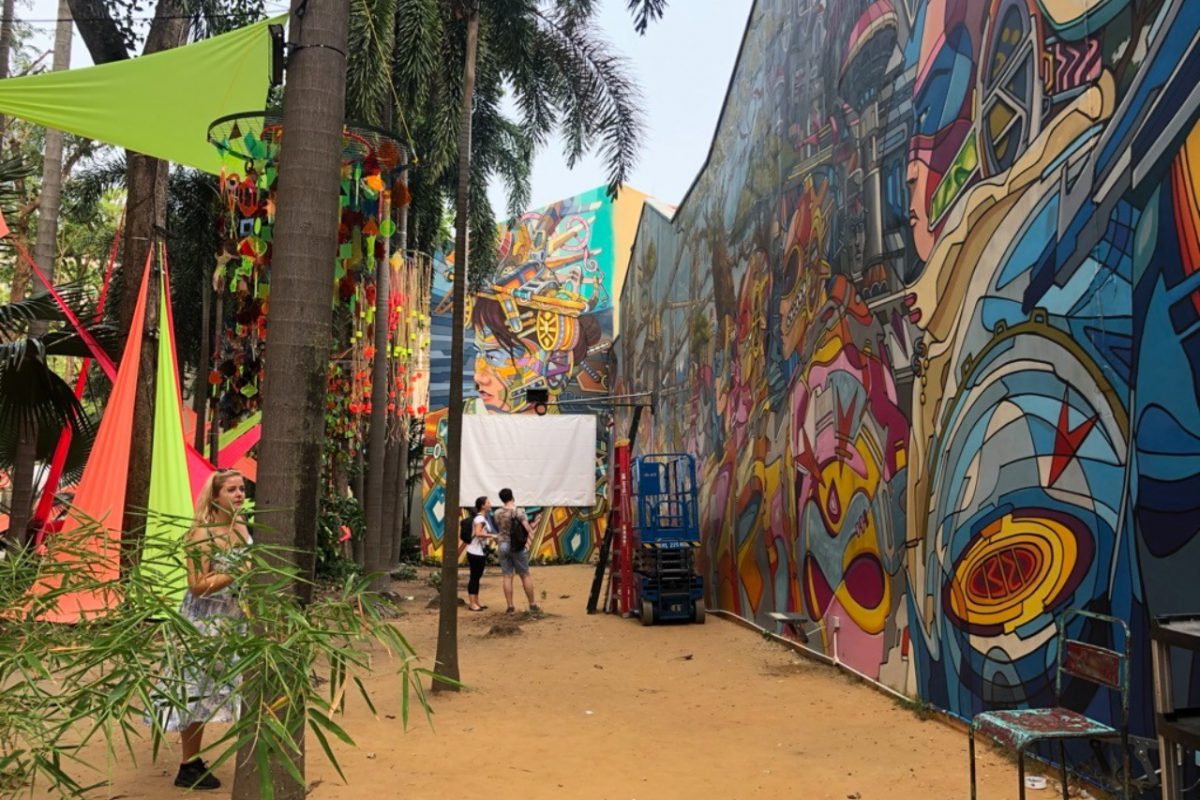
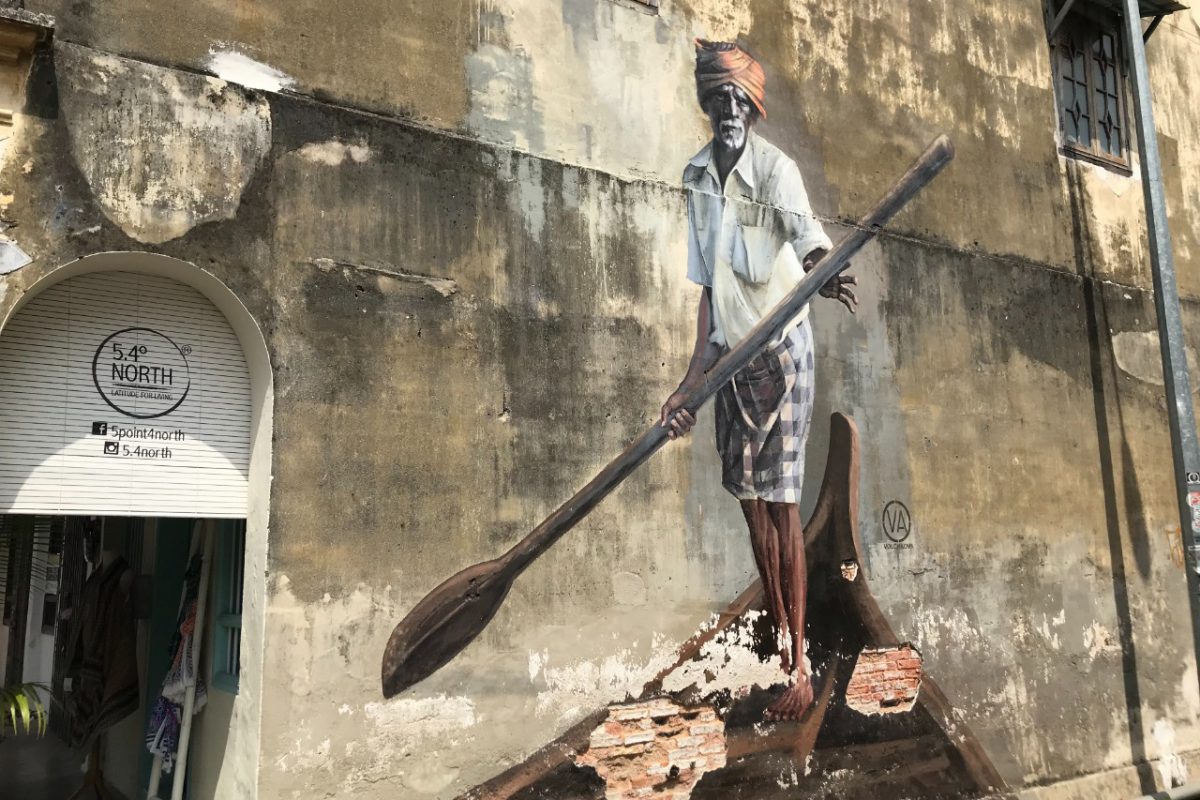
From a City at Eye Level perspective, many of these developing countries and their cities are facing large scale development that threaten both the tangible and intangible aspects of the cultural and creative economy. Without UNESCO Heritage Listing the built environment that has housed multiple communities over centuries may be destroyed. Thus, it is heartening to read about community-led projects that aim to showcase the beauty of the past and the importance of the human scale in keeping communities together.
In an effort to give voice to many citizens who feel disempowered by the winds of change, projects such as the Lodhi Art District and the Slave Island murals not only unite communities, they empower them. The Maekha Canal project in Chiang Mai galvanises the community to be the solution in making a forgotten canal relevant again. No longer reduced to numbers on a data sheet, these placemaking projects highlight the power of place, in relation to the people living and working there. Using creativity as a platform to demonstrate the beauty of bottom up and contextual interventions, they are also a great vehicle for bringing about broader societal change.
Moreover, the desired creative economy need spaces to flourish in, and it is precisely these types of initiatives that have the power to bring by back life to areas that are neglected. Creativity at eye level is a driving force sparking civic imagination and multiple values in rejuvenation processes.
At the end of the day, the case studies in the following chapters are powerful because they enable community voices to be heard with a scale and beauty that cannot be ignored. When governments speak of using creativity to drive economies, they should really take note of bottom up initiatives from local communities. Measures to ensure existing communities continue to thrive should take precedence over parachuting the latest hip or cool industry.
For placemakers, real success is not worldwide recognition of a place, Instagrammed to death by throngs of tourists. Real success means creating local destinations that builds pride, leading to empowered communities, who together with the local government, are able to drive a vibrant economy. As Jane Jacobs once said, “Cities have the capability of providing something for everybody, only because, and only when, they are created by everybody.”
1) It is important to note that Florida’s theories are very controversial as they have been accused causing gentrification. Please read the following article by the Guardian titled Everything is Gentrification Now: But Richard Florida Isn’t Sorry: https://www.theguardian.com/cities/2017/ oct/26/gentrification-richard-florida-interview-creative-class-new-urban-crisis (Updated October 2017, accessed June 2020).
2) The provincial councils belong to the National Cultural Commission. This sub-division of the Ministry of Culture also runs the Thai Cultural Centre, a cultural and recreational me- ga-complex that was erected in Bangkok in 1987 with Japanese support. Another ministerial department is the Office of Modern Art and Culture, which strives to promote work by Thai artists. This department’s activities focus on cultural industries and making the arts economically feasible.